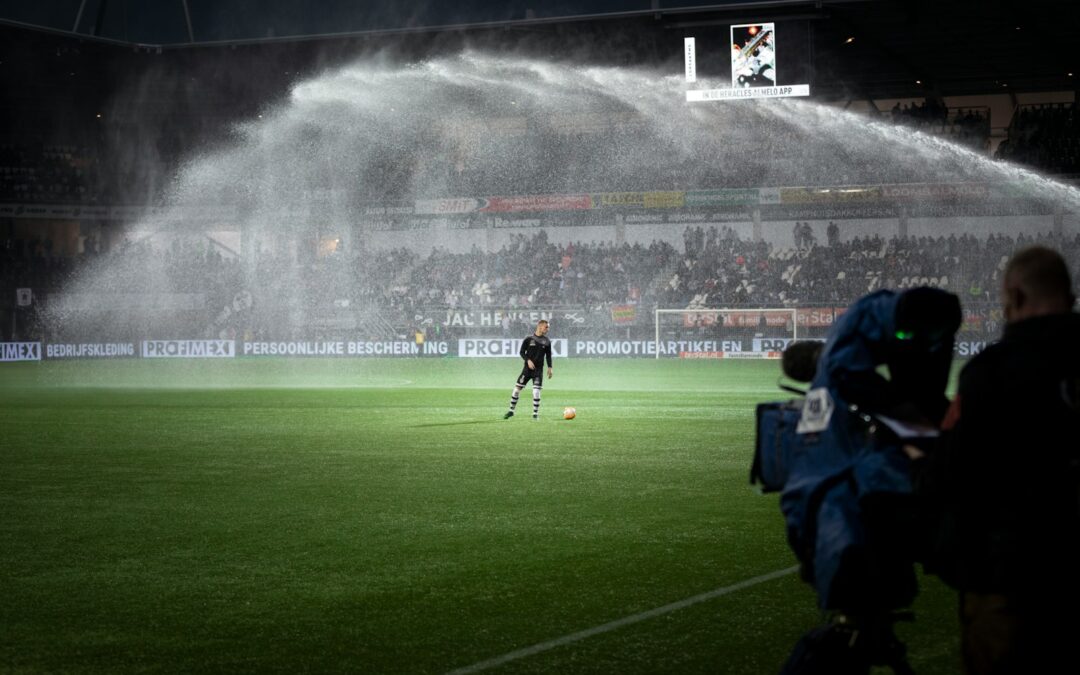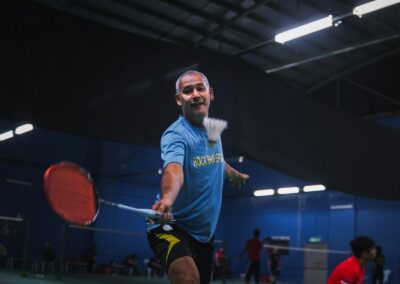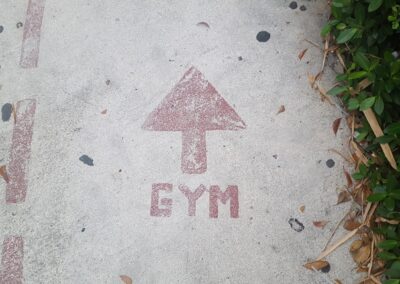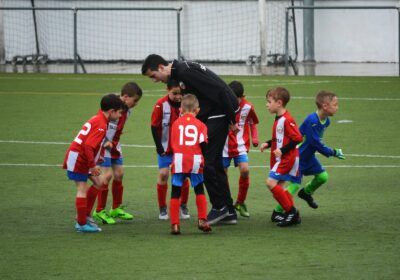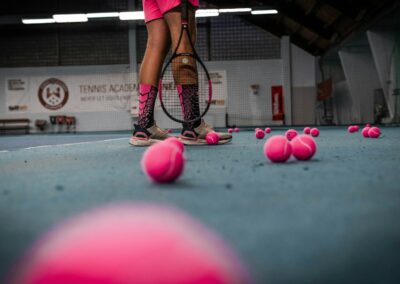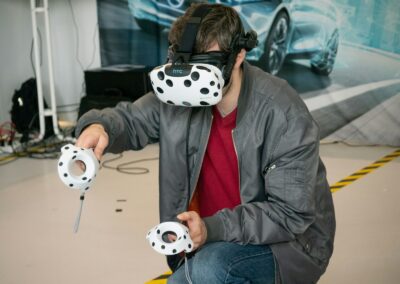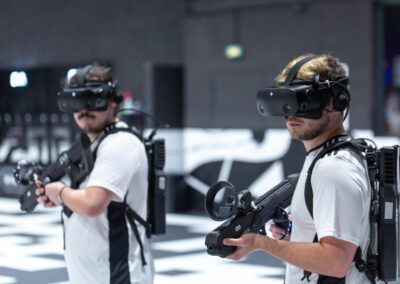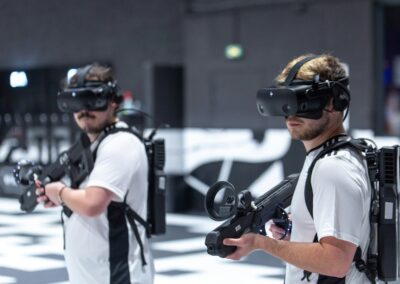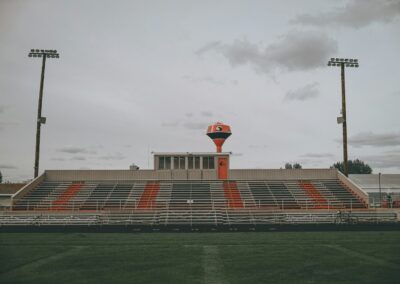Transforming Senior Fitness with Augmented Reality
Innovative Approaches to AR Sports Training for Seniors
Augmented Reality (AR) sports training programs are poised to revolutionize fitness for seniors, offering dynamic and interactive experiences that cater specifically to their needs. As the global population ages, there is a growing demand for fitness solutions that not only accommodate the physical limitations of older adults but also provide engaging content that encourages regular participation. AR technology, with its ability to overlay digital information onto the physical world, presents a unique opportunity to create personalized and motivating training environments for seniors.
Designing AR sports training programs for older athletes involves a thoughtful approach that prioritizes accessibility, safety, and user engagement. For instance, AR programs can offer tailored workouts that address common age-related challenges, such as decreased mobility and joint pain. By using AR to provide real-time feedback on form and technique, seniors can perform exercises correctly while minimizing the risk of injury. Additionally, integrating gamification elements, such as progress tracking and virtual rewards, can make the training sessions more enjoyable and motivating.
Another key aspect of AR sports training for seniors is customization. Programs should be designed to accommodate varying levels of fitness and ability, allowing users to choose or adjust exercises based on their individual needs and preferences. This level of personalization ensures that the training remains relevant and effective, which is crucial for maintaining long-term engagement and promoting a healthy lifestyle among older adults.
Enhancing Engagement through Interactive AR Features
To create engaging AR sports training programs for seniors, incorporating interactive features is essential. One effective strategy is to utilize AR’s capability to simulate real-world scenarios and environments. For example, seniors can participate in virtual group classes that replicate outdoor sports or recreational activities, such as golf or walking tours. These virtual experiences can make fitness routines more relatable and enjoyable, encouraging seniors to stay active and engaged.
Another interactive feature to consider is the integration of virtual coaching and support. AR sports training programs can include virtual trainers that provide personalized guidance and encouragement. These virtual coaches can demonstrate exercises, correct form, and offer motivational feedback, enhancing the overall training experience. Additionally, incorporating social interaction features, such as virtual group workouts or online communities, can foster a sense of camaraderie and support among participants.
Real-time data tracking and analytics are also valuable components of interactive AR sports training programs. By providing seniors with insights into their performance, progress, and health metrics, AR programs can help users set and achieve personal fitness goals. This data-driven approach not only enhances motivation but also allows for more informed adjustments to the training program, ensuring that it remains effective and aligned with the user’s evolving needs.
Addressing Challenges and Ensuring Accessibility
Designing AR sports training programs for seniors involves addressing several challenges to ensure accessibility and usability. One major consideration is the design of user-friendly interfaces that accommodate varying levels of technological proficiency. AR programs should feature intuitive navigation and clear instructions to make it easy for seniors to engage with the technology without feeling overwhelmed.
Another challenge is ensuring that the AR training programs are compatible with a range of devices and environments. Seniors may use different types of AR equipment, from smartphones and tablets to AR glasses or headsets. Designing programs that work seamlessly across various devices helps to maximize accessibility and reach a broader audience.
Safety is a critical concern in AR sports training for seniors. Programs must be designed with built-in safety features to prevent accidents or injuries during exercise. This includes providing clear warnings and instructions, as well as incorporating virtual safety checks to ensure that users are performing exercises correctly and within their physical limits. Additionally, offering options for low-impact exercises and modifications can help accommodate users with specific health conditions or limitations.
Strategic Implementation and Future Prospects
Leveraging Data for Continuous Improvement
To ensure the success of AR sports training programs for seniors, it is essential to continuously collect and analyze user data. This data can provide valuable insights into user preferences, engagement levels, and overall effectiveness of the training programs. By leveraging this information, developers can make data-driven decisions to refine and enhance the programs, ensuring that they remain relevant and effective.
Regular updates and improvements based on user feedback can also help to address any issues or challenges that arise. Engaging with seniors to gather their opinions and experiences with the AR training programs can provide valuable input for future iterations. This iterative approach ensures that the programs evolve to meet the needs and expectations of the target audience.
Expanding Market Reach and Community Engagement
As AR sports training programs for seniors gain traction, expanding market reach and community engagement will be crucial for success. Collaborating with healthcare providers, fitness centers, and senior living communities can help to promote and integrate AR training programs into existing wellness initiatives. Additionally, partnerships with organizations focused on senior health and fitness can enhance visibility and credibility.
Community engagement is also key to building a supportive and active user base. Creating opportunities for seniors to share their experiences, achievements, and challenges can foster a sense of belonging and motivation. Hosting virtual events, challenges, or social groups within the AR platform can help to build a vibrant community that encourages ongoing participation and support.
Conclusion: Pioneering AR Sports Training for an Active Senior Lifestyle
AR sports training programs offer a transformative approach to fitness for seniors, combining technology with personalized and engaging content to promote a healthy and active lifestyle. By addressing challenges related to accessibility, interaction, and safety, and by leveraging data for continuous improvement, developers can create effective and motivating training solutions for older adults.
As technology continues to advance, AR sports training programs will play an increasingly important role in supporting the health and well-being of seniors. Embracing these innovations will not only enhance user experiences but also contribute to a more active and fulfilling lifestyle for older athletes.
—
#ARSportsTraining #SeniorFitness #InteractiveAR #VirtualFitnessPrograms #AugmentedReality #SeniorHealthTech #FitnessForSeniors #ARTrainingPrograms #EngagingWorkoutSolutions #SeniorAthletes #ActiveLifestyle

